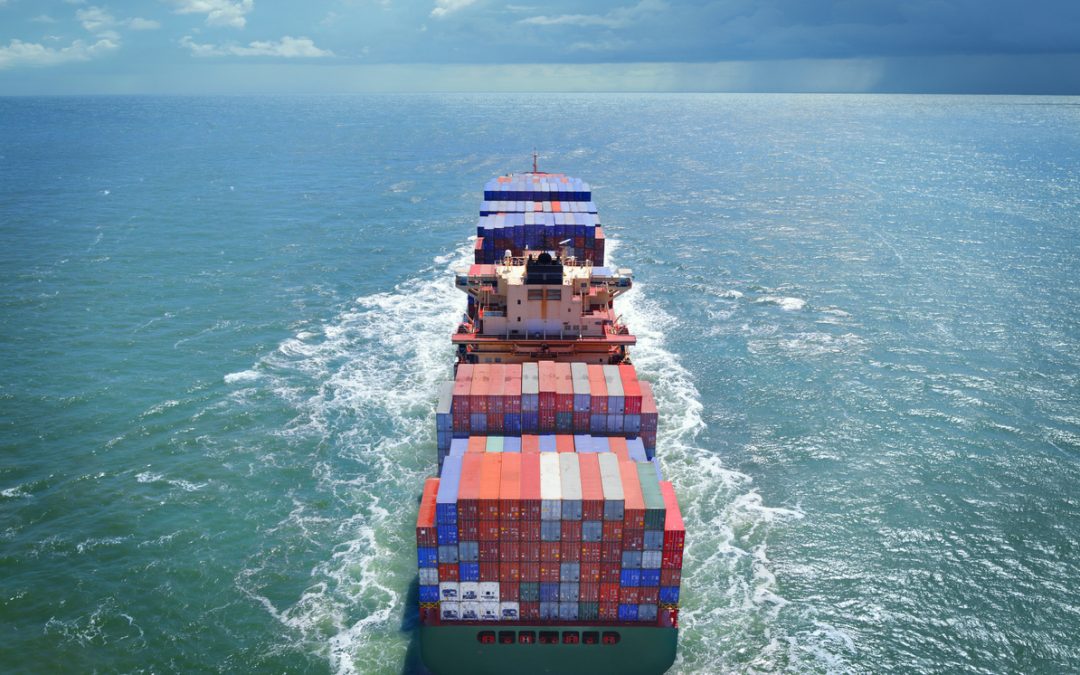Despite the challenges of Covid-19 and port congestion, container terminal operators were successful in improving their profit margins in 2021 and 2022. However, the ports industry now faces the dual challenge of skyrocketing costs and market downturn, which will squeeze operating margins through 2023.
Drewry has downgraded the short-term prospects for the global container shipping market amid a deteriorating global economic outlook. Container terminal operators have already seen the cost of fuel and electricity escalate and now face rising pressure from dock workers demanding inflation-linked wage increases.
Strong revenue gains, relating primarily to increased storage fees, have provided operators with a degree of protection against rising costs. With port congestion projected to ease by early 2023, Drewry expects unit revenues to decline, depressing terminal operator margins.
Drewry’s Global Container Terminal Earnings Index, recently launched in the Ports and Terminals Insight, peaked in 1Q22, but after a 13% drop in 2Q22, rallied in 3Q22 to record a 3% QoQ rise (see chart).
The index measures quarterly changes in industry earnings per teu, based on the financial results of selected global terminal operators. A similar approach is used to measure trends in terminal operator revenue and operating costs, via Drewry’s Global Container Terminal Revenue Index and Global Container Terminal Cost Index, also recently launched in the Ports and Terminals Insight.
Port companies benefited from a surge in unit revenues from 4Q20 to 1Q22, as rising port congestion drove growth in storage fees, but the pace of growth slowed rapidly thereafter. Meanwhile, the same congestion also added to operating costs, as did increased fuel and energy costs.
Looking ahead, Drewry expects core stevedoring revenues to rise next year as CPI-linked annual price increases take effect from 1Q23. But with cargo traffic slowing and, in some cases, falling, terminal operators will lose some of the economies of scale that the post-covid demand boom facilitated.
Meanwhile, operating costs are expected to rise steeply through 2023 as a result of inflation-beating wage settlements. Additionally, the drive for cost efficiencies that most operators made during 2020-22 in the face of the Covid pandemic results in fewer opportunities to make further efficiency gains or cut costs.
Operational factors, which impact dwell time and storage revenues, remain the most significant variable in the equation. Drewry expects that port congestion will continue to ease as we move into 2023. However, localised disruptions caused by port and supply chains strikes may well sustain the conditions that have resulted in increased storage revenues since 4Q20. Similarly, with the deteriorating cargo demand outlook, there still needs to be consensus as to when carriers will revert to fixed weekly sailing schedules, which would further erode recent terminal operator revenue gains.
Given these headwinds, Drewry projects that container terminal operators will do well to maintain operating margins in the face of falling cargo volumes and escalating cost.
Ports and Terminals Insight – Port industry performance and trends
The Ports and Terminal Insight is a quarterly report (PDF) covering the latest developments in the container ports and terminals market, accompanied by a new monthly report (PDF) providing regular port congestion and performance monitoring (powered by Drewry AIS analytics). It looks behind the data and topical issues to answer both the ‘cause’ and ‘effect’ questions that matter most to senior industry stakeholders.
Source: Hellenic Shipping News





